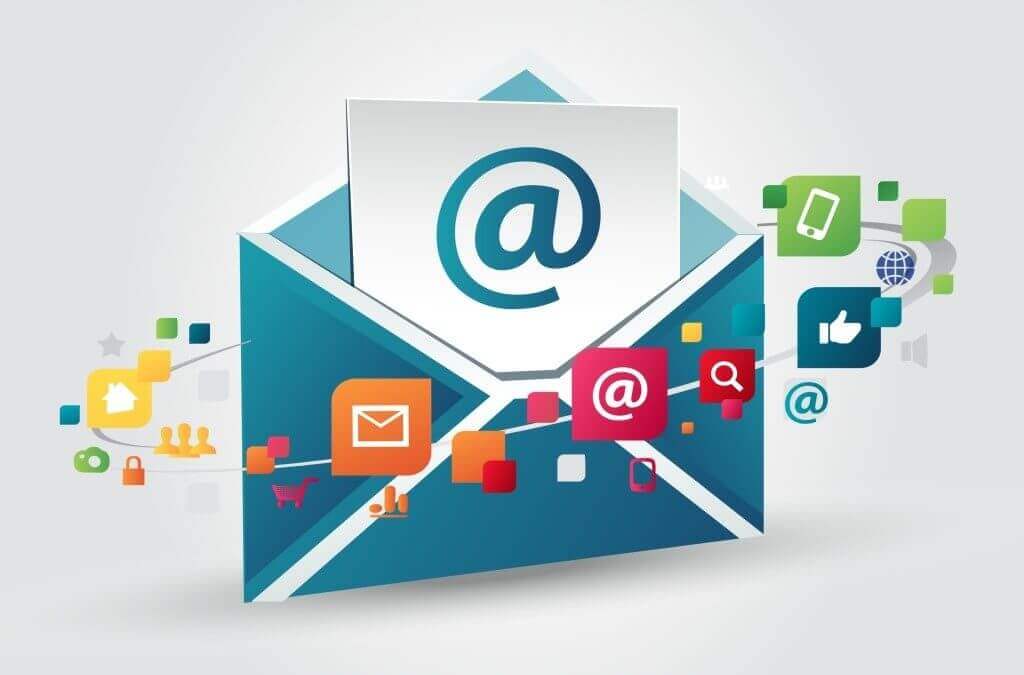
Now that you know how to prepare your very first email campaign, choose the right email marketing solution for your needs and create a successful newsletter, all you have to do is send it off and analyze the results of your email campaign. But how can you measure the effectiveness and engagement of your newsletter?
In this article, we will present the main key performance indicators (KPIs) you should follow to determine how successful your email campaign is. Always keep in mind the goal you set when you first prepared the email campaign and identify the KPIs that will show if you are headed towards achieving that goal or not.
KPIs you should monitor
Above all, there are some metrics you should compile as they are really interesting to calculate the performance of your newsletter:
- The number of emails sent
- The number of bounced emails
- The number of opened emails
- The number of opened emails on mobile devices
- The number of clicks
- The number of subscriptions
- The number of unsubscribes
When you use an email marketing solution, don’t forget to regularly view the reporting section to get an overview of the performance of each email campaign. With the data indicated above, you will be able to calculate the success and engagement rates of your email marketing campaigns.
Delivery Rate
To how many people (or emails) did you send your newsletter? How many of those emails actually got delivered?
It is important to remember your newsletter’s target audience—and segment your distribution list accordingly. You can decide whether or not a type of customer, for example, will receive a specific newsletter. Do you want optimal results? Segment your newsletter subscriber list! Did you know that segmented email campaigns have open rates that are 14.32% higher than campaigns that are not segmented?
Delivery rate = (Number of emails sent – number of bounced emails) / number of emails sent x 100
The delivery rate is the number of emails that were actually delivered versus the total number of emails sent. This rate should be relatively high—over 95%—and help you to determine the quality of your subscriber list. Having a lower delivery rate can be caused by several factors, including sending a newsletter long after people subscribed to it. You must have a list of active and engaged subscribers. Take the time to clean your subscriber list and delete invalid emails or people who never read your newsletters.




